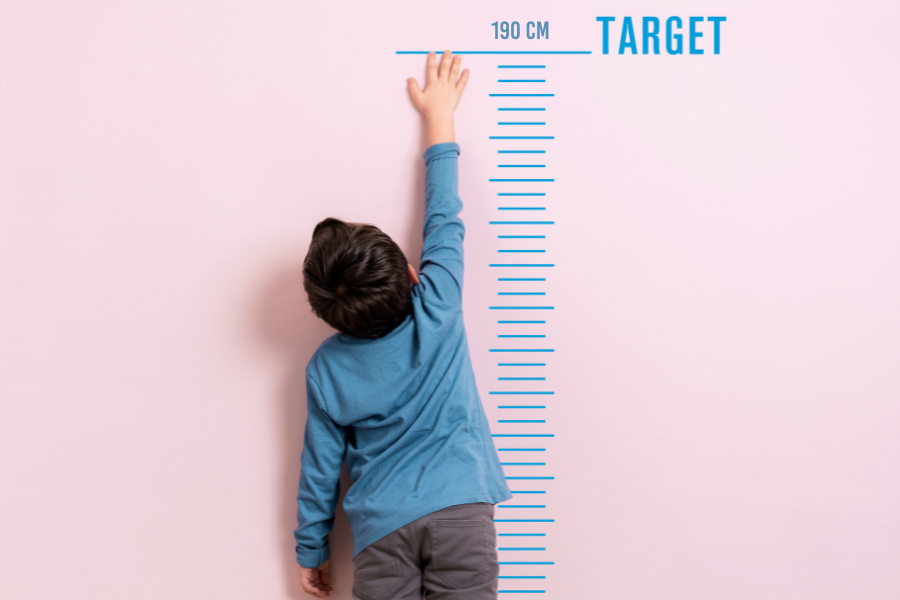Tracking your child’s height milestones is vital to understand their growth patterns and ensuring they are meeting their genetic potential.
Growth charts, such as those developed by the Indian Academy of Pediatrics (IAP), provide an excellent tool to evaluate whether a child is on track with their height and growth milestones.
What Are Growth Charts?
Growth charts are graphical representations of a child’s growth over time. They use percentiles to compare a child’s height (and sometimes weight or BMI) to a standard population. The IAP growth charts specifically cater to Indian children aged 0-18 years, taking into account regional genetic and environmental factors.


How to Use Growth Charts
STEP 1: Plot the Measurements
- Measure your child’s height accurately using a measuring tape.
- Note the child’s age in years and months.
- On the IAP growth chart, locate the corresponding age along the X-axis and the height along the Y-axis.
- Plot the point where the two values intersect.
- After plotting the height, observe which percentile curve the point falls on or between.
- The percentile indicates how your child’s height compares to others of the same age and gender. For example, the 50th percentile means your child is taller than 50% of their peers.
STEP 2: Compare With Future Potential
- Use the Mid parental height (MPH) to find the child’s genetic potential.
- MPH can be measured using the MPH tool. Join the father’s height on left to the mother’s height on the right (both in cm) to find the MPH percentile (on the middle line) for that specific gender e.g. joining mothers’ height of 150 cm to father’s height of 170 cm gives an approximate value of 25th percentile of MPH on both scales.

- If the percentile arrived in STEP 1 is higher than that arrived above, your child is meeting or exceeding his/her growth milestones. If the percentile arrived in STEP 1 is lower than that arrived above, your child is NOT meeting his/her growth milestones.
STEP 3: Evaluate Current Percentile:
- If your child’s height falls below the 3rd percentile, it may indicate a potential growth issue that warrants medical evaluation.
- Heights above the 97th percentile could suggest advanced growth or early puberty, which also requires monitoring.
When to Seek Medical Advice
- Consistent Growth Below the 3rd Percentile: May indicate conditions like growth hormone deficiency or malnutrition.
- Sudden Drop in Percentile: Could signal a health issue affecting growth.
- Delayed Growth Spurts: If puberty-related growth does not occur by the expected age, consult a paediatric endocrinologist.
By regularly using the IAP growth charts and monitoring milestones, you can ensure your child is on track to reach their full height potential. These tools empower parents to make informed decisions and seek timely interventions when needed. Remember to consult your paediatrician if you have concerns about your child’s growth.







Leave a comment
This site is protected by hCaptcha and the hCaptcha Privacy Policy and Terms of Service apply.